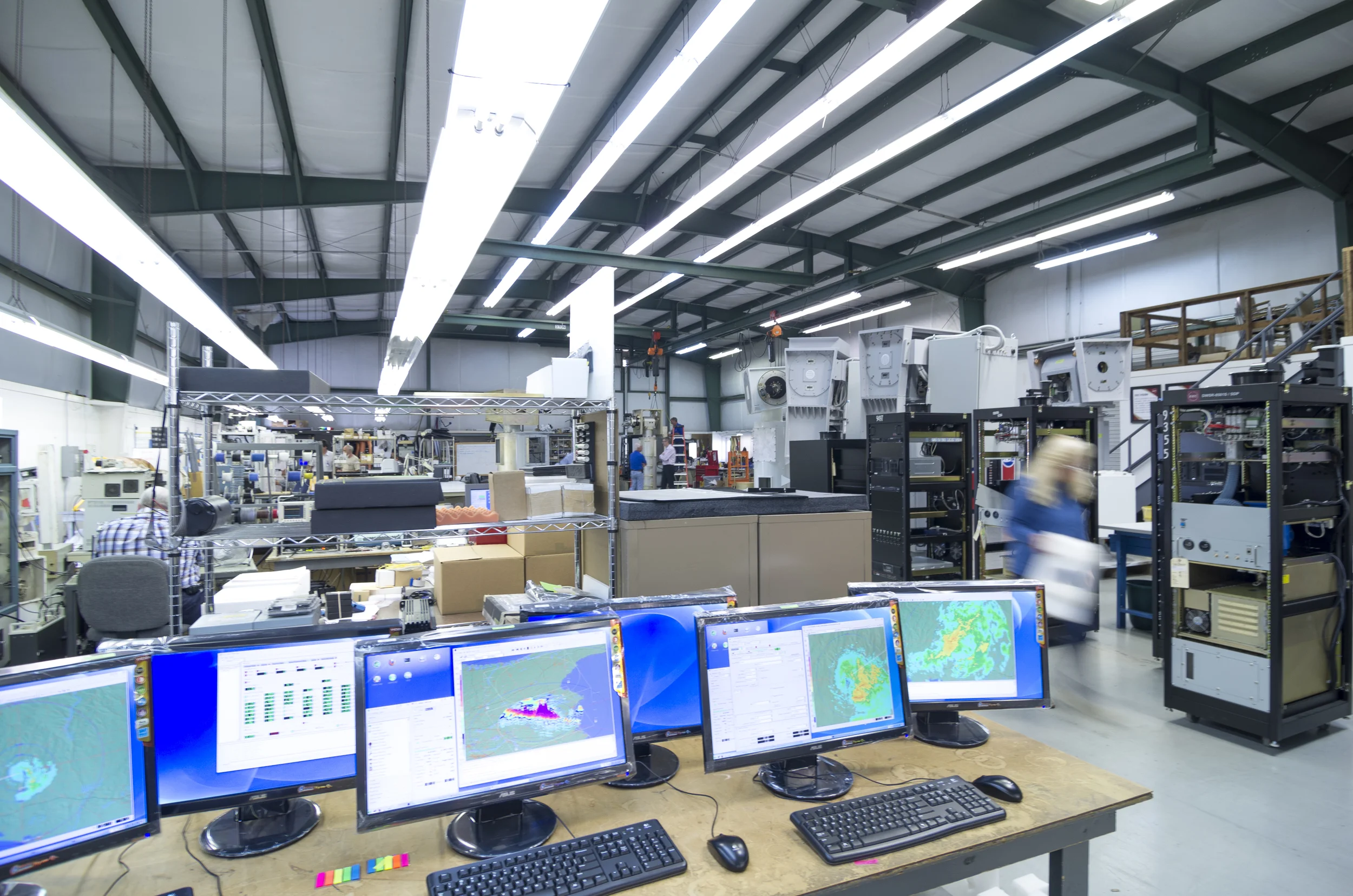The Commonwealth Scientific and Industrial Research Organisation’s (CSIRO) RV Investigator is a 94-metre-long ship, which has been designed to travel the vast areas of the Indian, Pacific and Southern Ocean to collect useful research information regarding atmospheric, oceanic, marine biological and geological phenomena, from remote, uncharted locations. This project was commenced by the Federal Government’s Super Science Initiative.
Aboard the Investigator vessel is one of our very own weather research radars that we purchased from our partner company, Enterprise Electronics Corporation (EEC) in the US, and have contracted with CSIRO; which has the capability of collecting data from a 300km diameter range and reaching vertically up to 20km into the atmosphere.
The valuable information obtained from this whopping 1.75 tonne dual-polarized radar has the ability to drastically improve numerical weather forecasting and climate modelling due to the minute detail with which the radar can detect. With the voyage extending from tropical to Antarctic regions, access to data on the composition (water and ice mixtures) and formation of tropical and cold ice storms allows researchers to deeply investigate the sky, putting the RV Investigator at the forefront of radar technology.
Access to such knowledge provides meteorologists with the opportunity to analyse large amounts of information vital to answering questions regarding weather patterns and large-scale processes occurring in the atmosphere.
Upon the successful installation of the radar on the Investigator, The Centre for Australian Weather and Climate Research (CAWCR), a partnership between the CSIRO and the Bureau of Meteorology, will be able to utilise the collected data for the purpose of research.
For more information about the RV Investigator research vessel and its voyages, please visit the Marine National Facility's (MNF) website at http://mnf.csiro.au/






